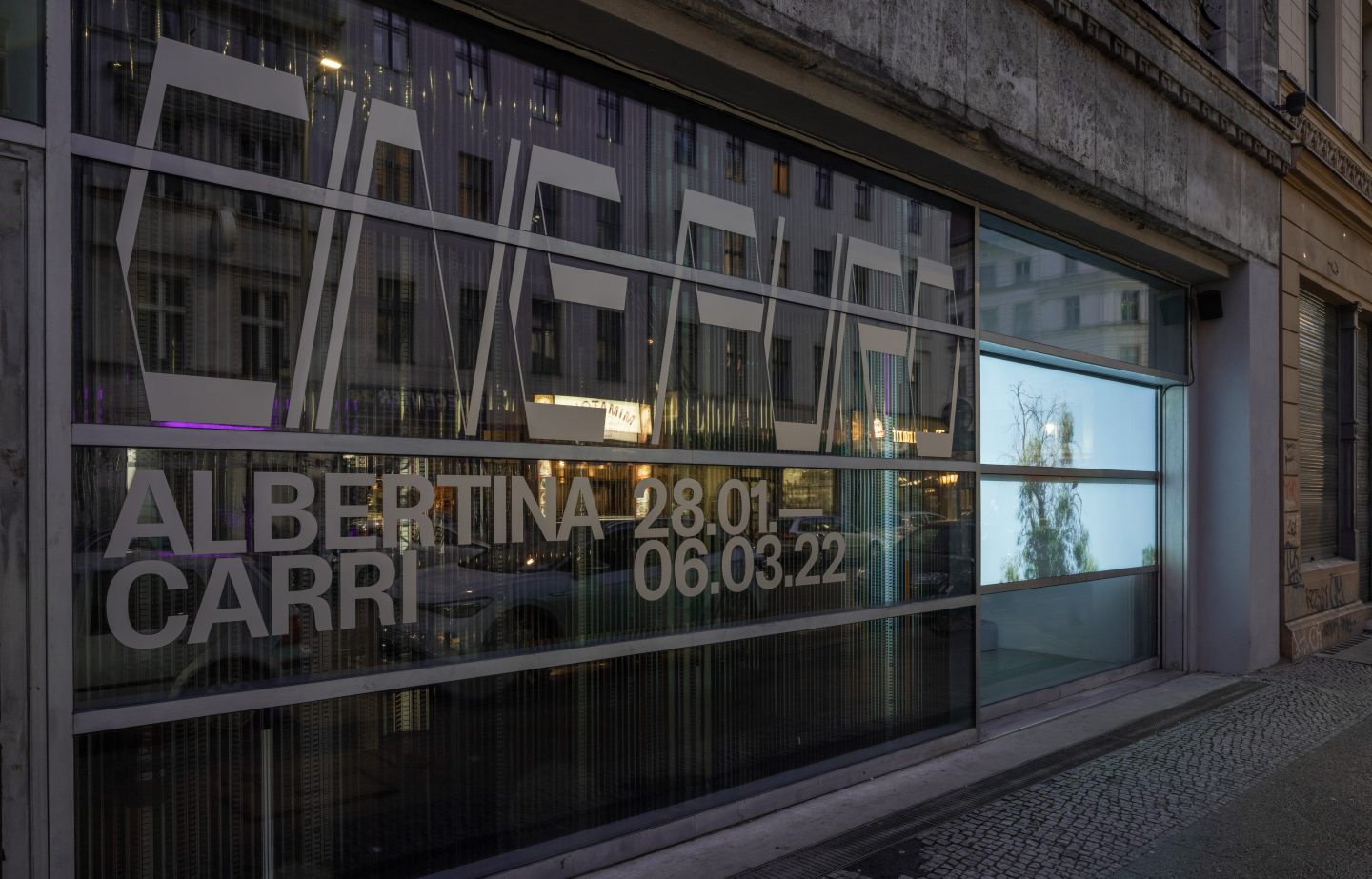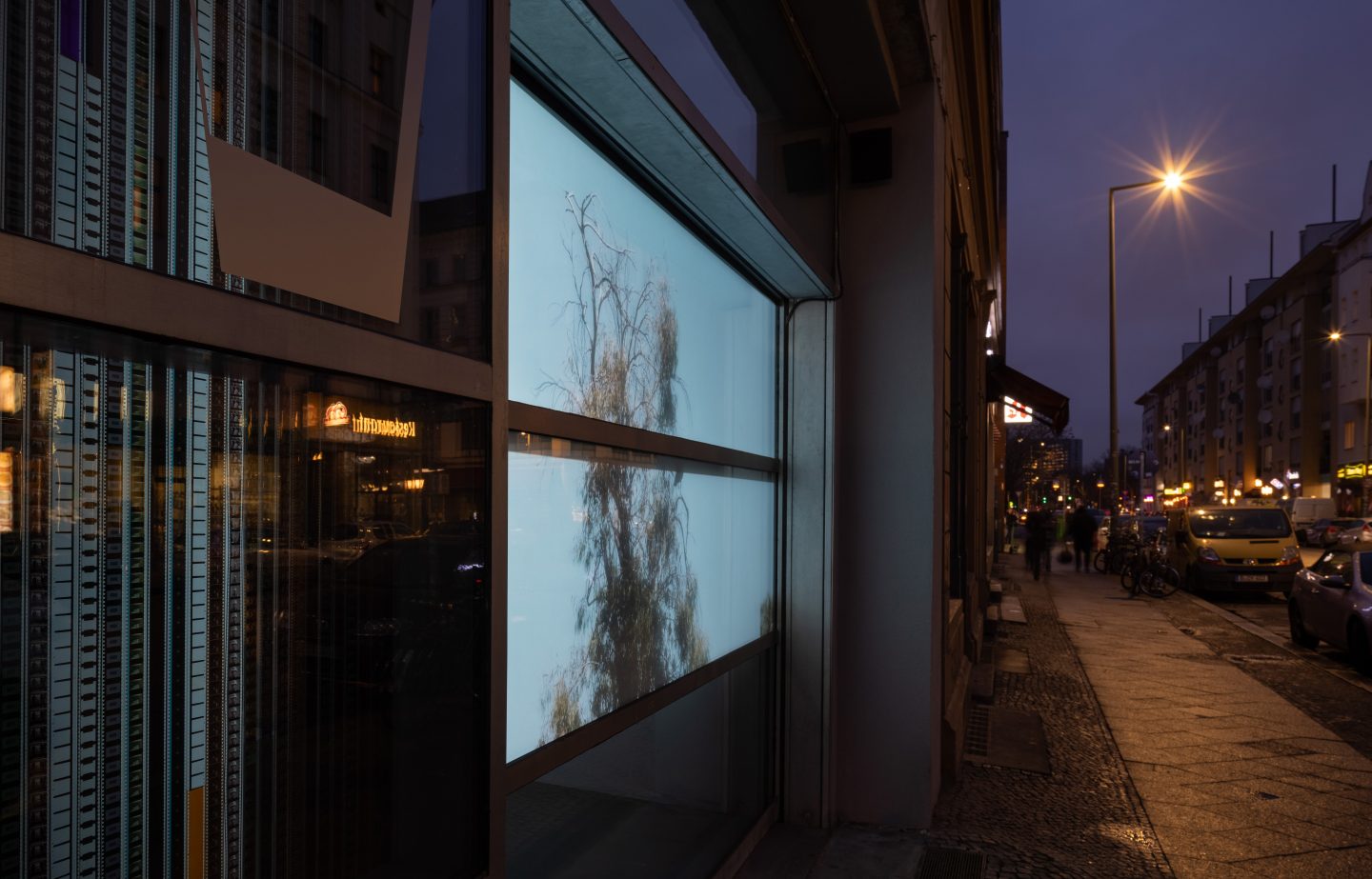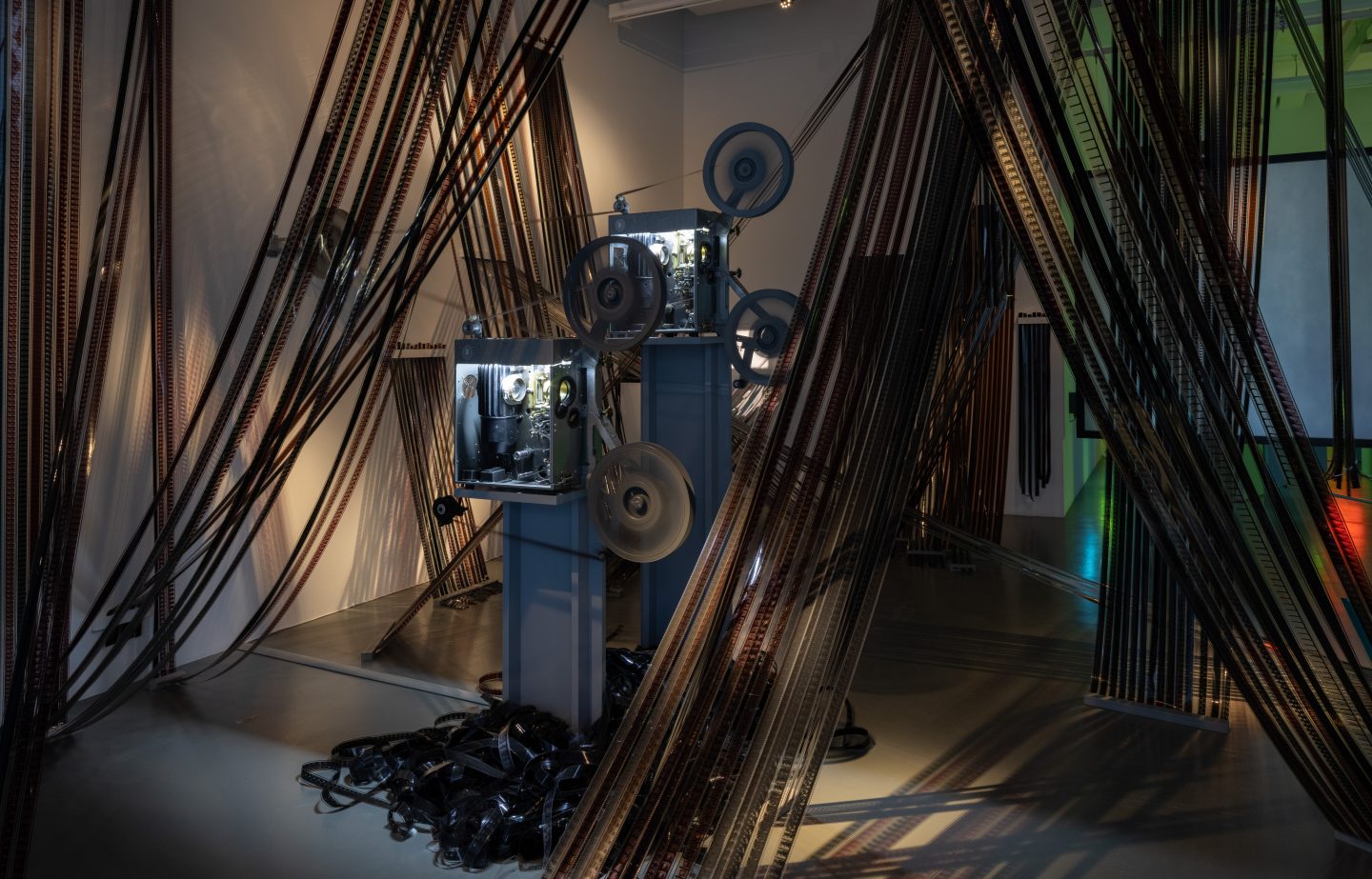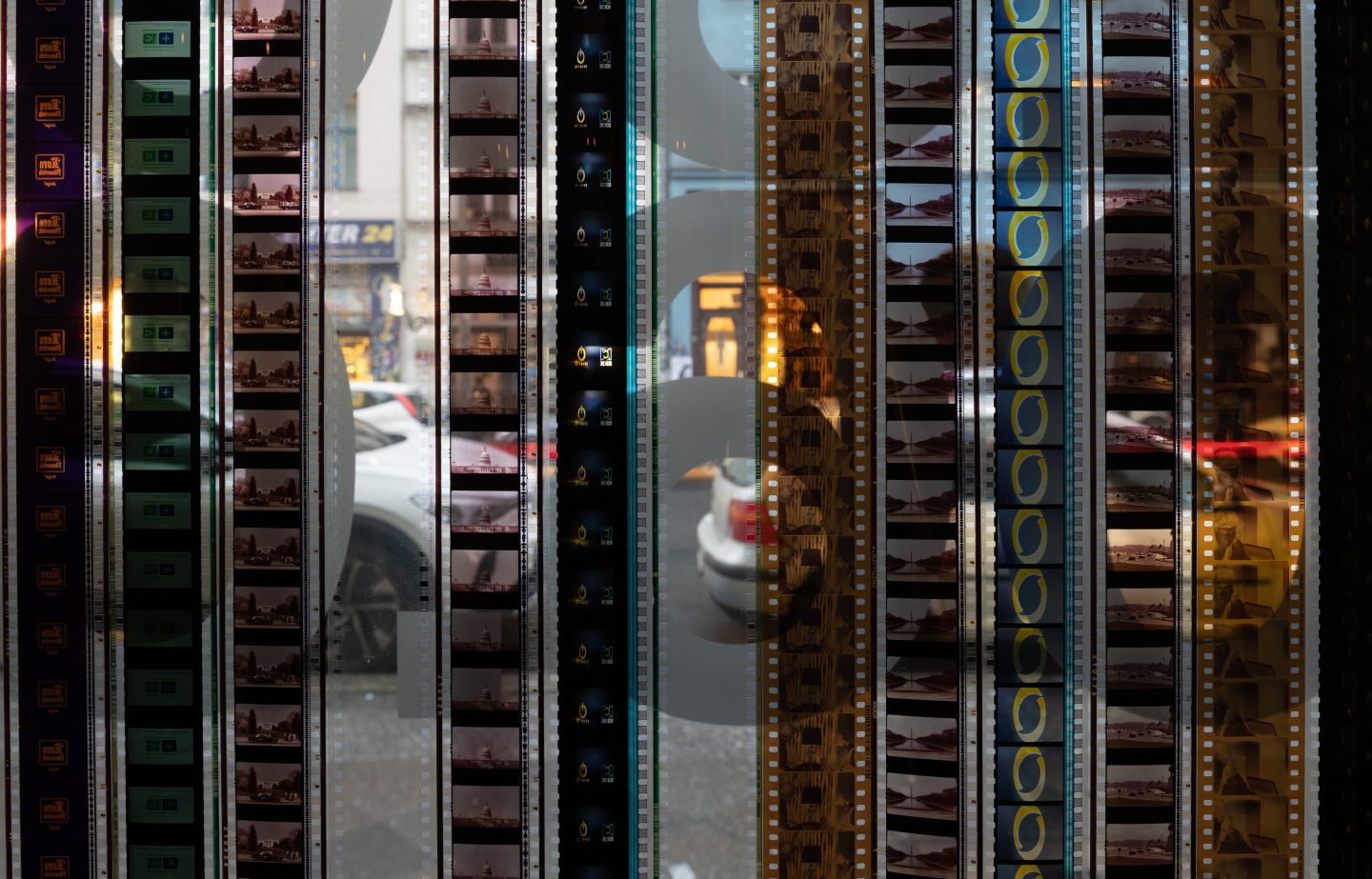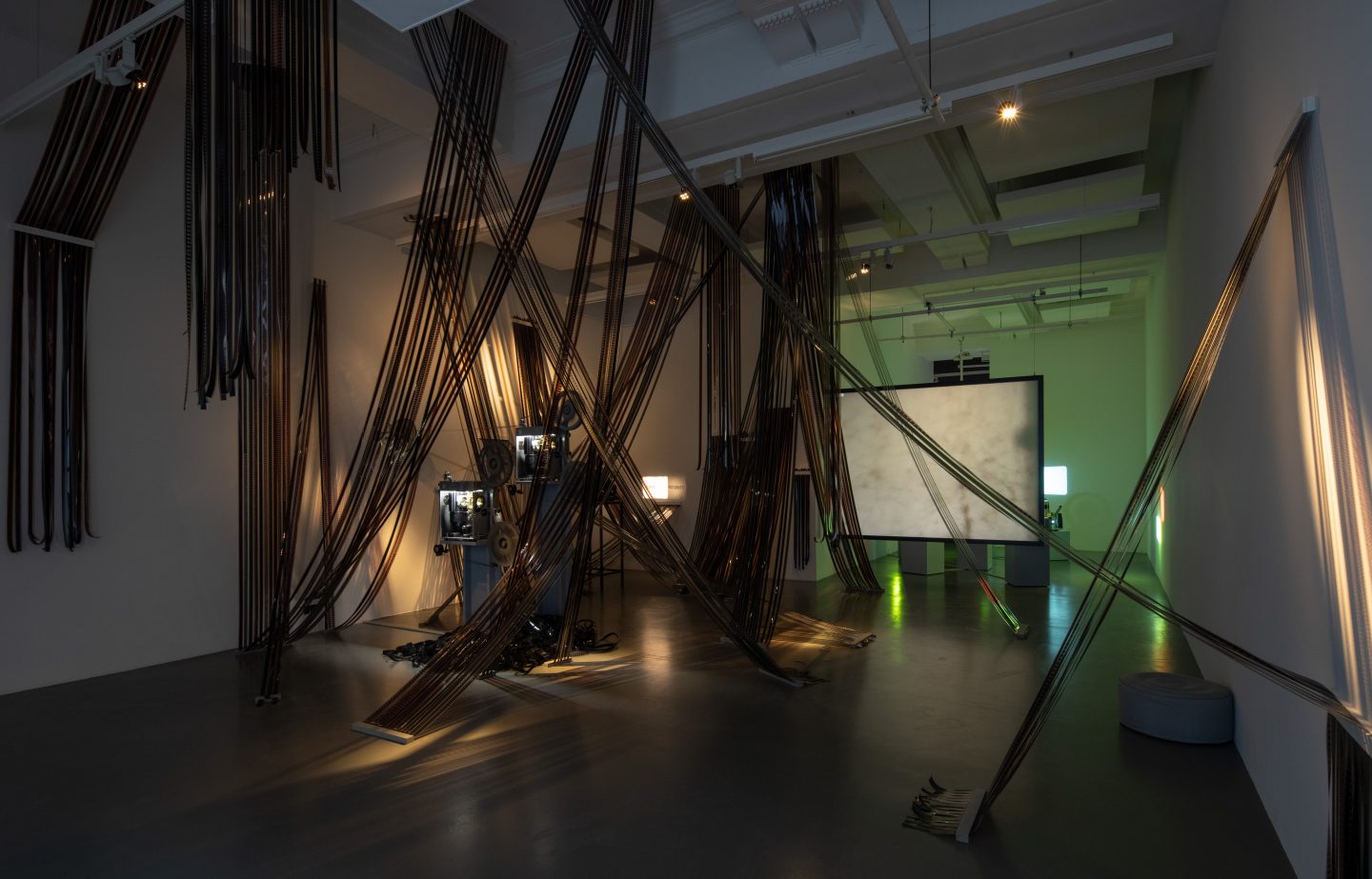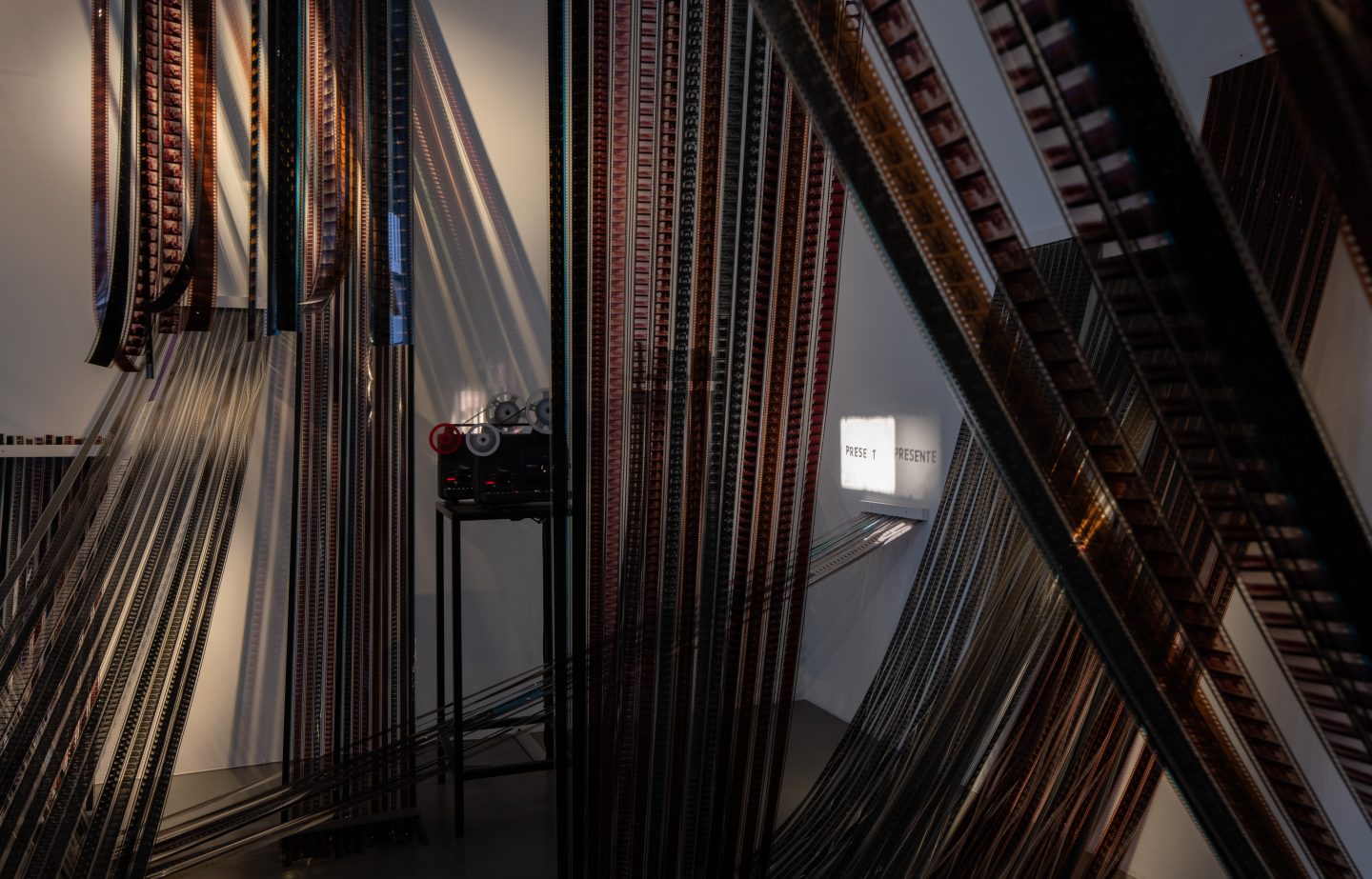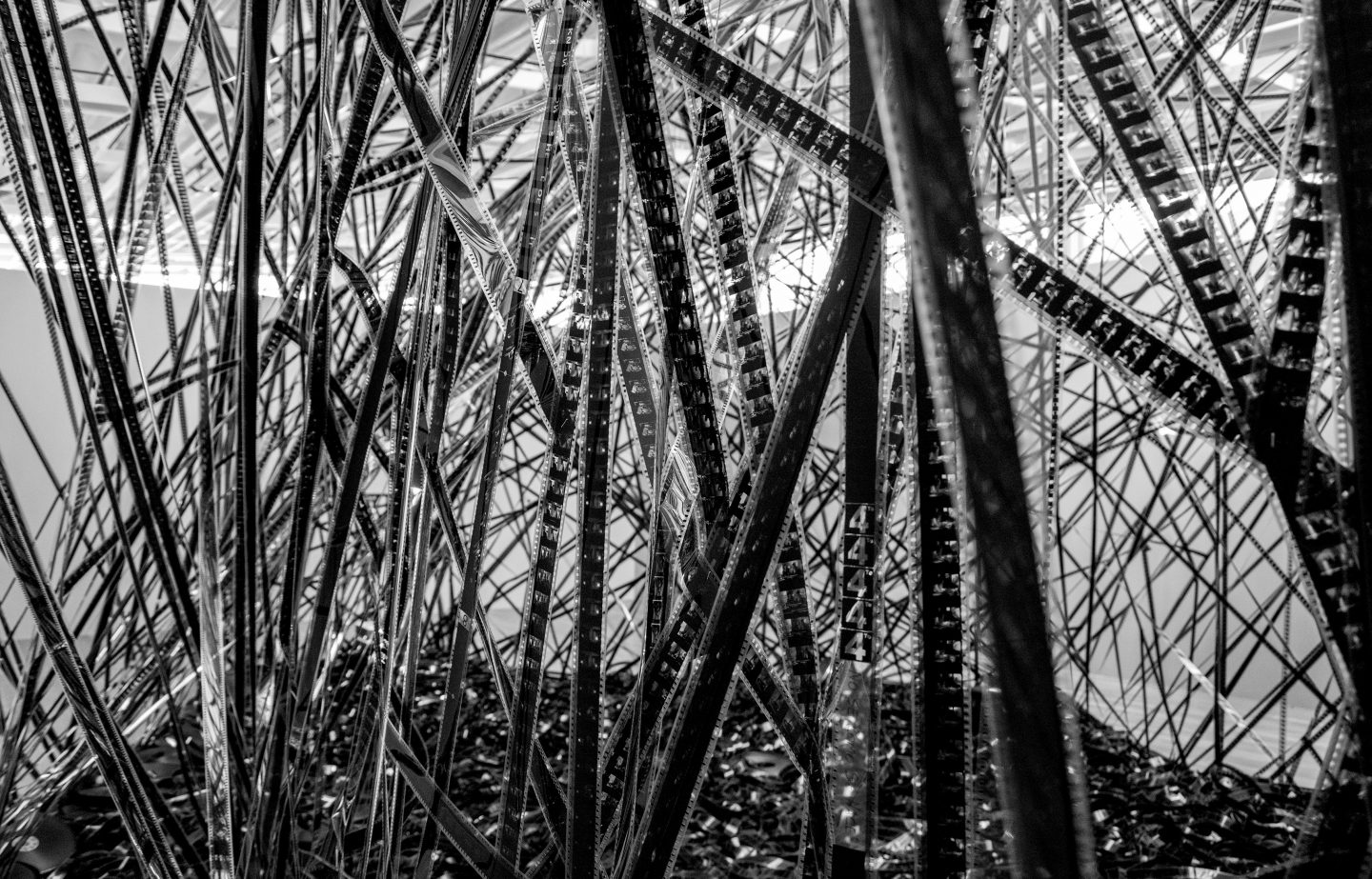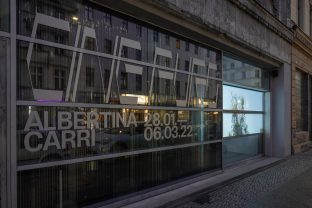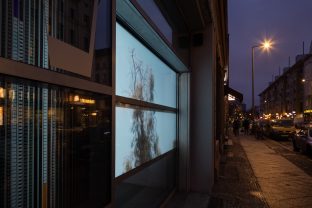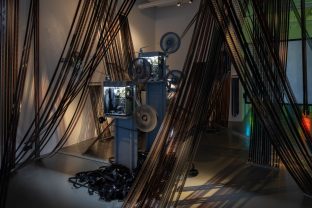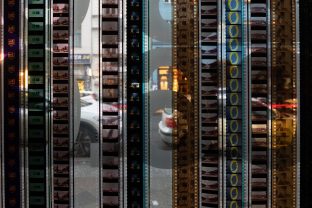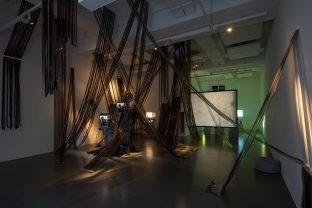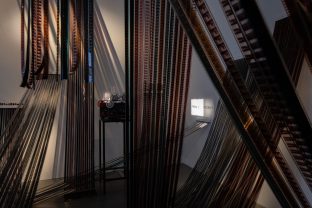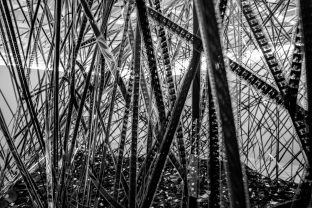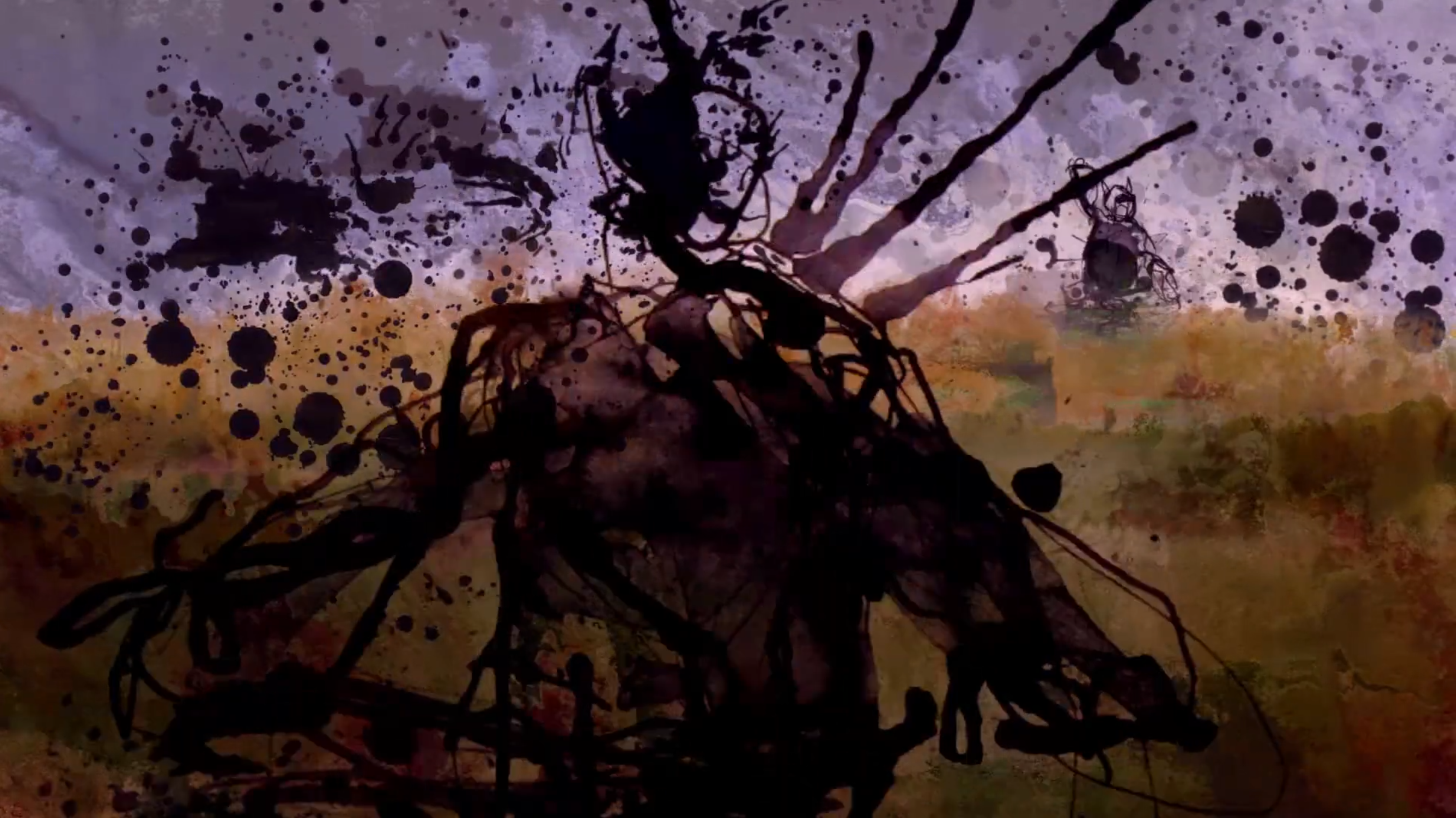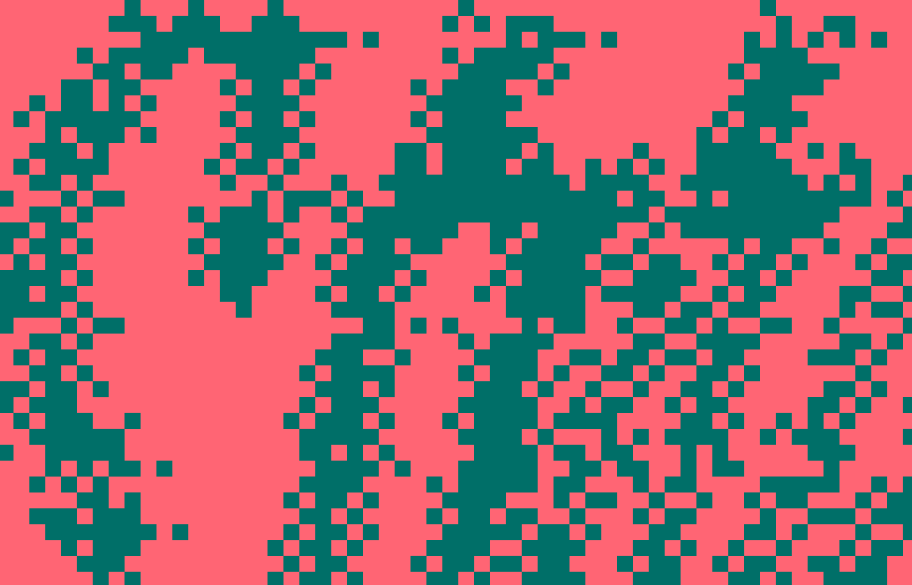Albertina Carri: Cine Puro
- daadgalerie
- Exhibition
- Film Installation
With works by Albertina Carri
In her first exhibition in Europe, filmmaker and multifaceted artist Albertina Carri breaks apart the medium of film into its essential elements: form, movement, rhythm, and montage. Aligned with “cinéma pur,” an avant-garde movement of the 1920s and 1930s, Carri showcases the material character of cinema. Using obsolete film projectors, 7000 meters of film strips, landscape footage, soundtracks, and autobiographical documents, she transforms the daadgalerie into an experimental, narrative dispositif.
In Carri’s entire filmography and Cine Puro as well, Argentina as political territory and emotional landscape forms a referential frame for reflecting on the mechanisms of representation. Her exhibition, however, also reflects on cinema as craft, one set apart from the peepshow of movie theaters. Cinema is created out of the machines’ very being and in the experience of the audience. Cinema is also created when projectors fall apart or old celluloid strips become contaminated with mold.
In Carri’s exhibition, a Super 8mm projector flickeringly projects the Spanish word “Presente” onto a wall. As an adjective it designates being present, still there: this slogan is used to commemorate the disappeared victims of the Argentine military dictatorship. As a noun, it designates the present, time shared together. By marking the gallery space with her demand for a shared present, Carri lays the foundations for a post-cinema cinema.
A booklet with texts by Jens Andermann and Roger Koza will be published for the exhibition.
Soft Opening: Jan 27th, 2022, 6 – 9 pm
RSVP via this link.
For the Soft Opening, “2 G Plus” measures apply: please show your proof of vaccination or recovery AND a current negative test result or proof of booster vaccination. Please wear an FFP2 mask.
Running Time: Jan 28th – March 6th, 2022
Supported by the Ministry of Foreign Affairs of the Republic of Argentina and the Goethe-Institut Buenos Aires
-
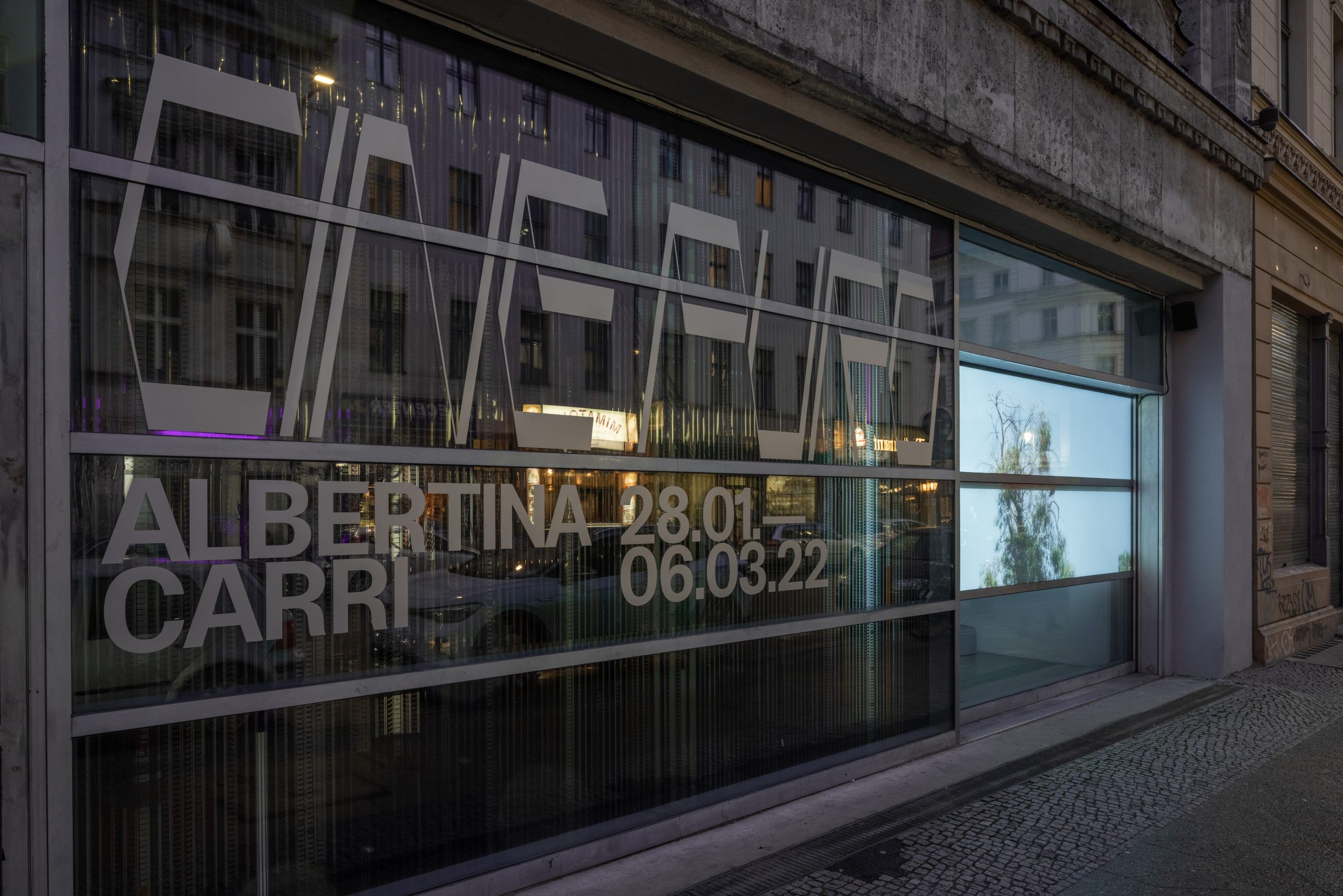
Photo: Thomas Bruns
-
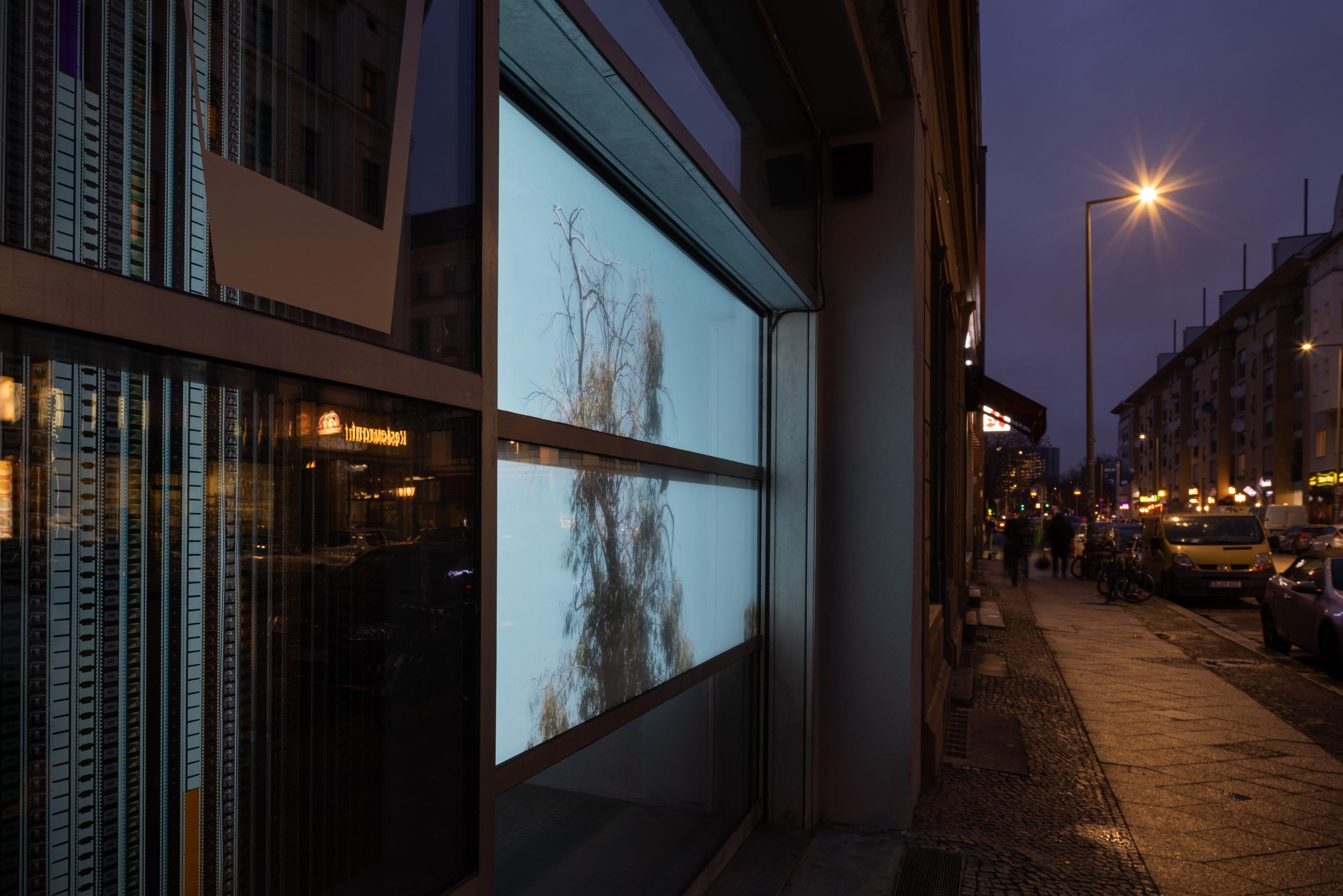
Photo: Thomas Bruns
-
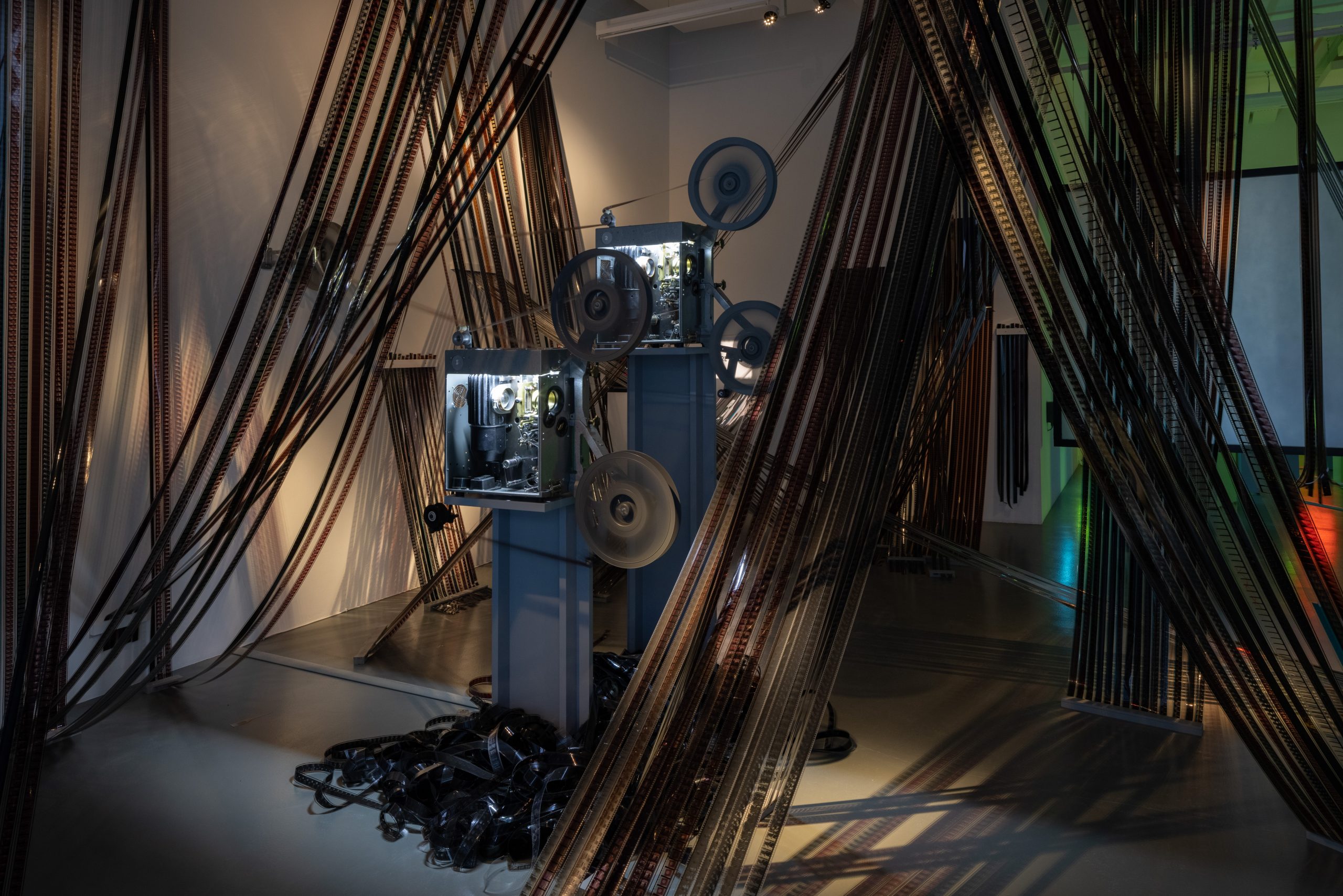
Photo: Thomas Bruns
-
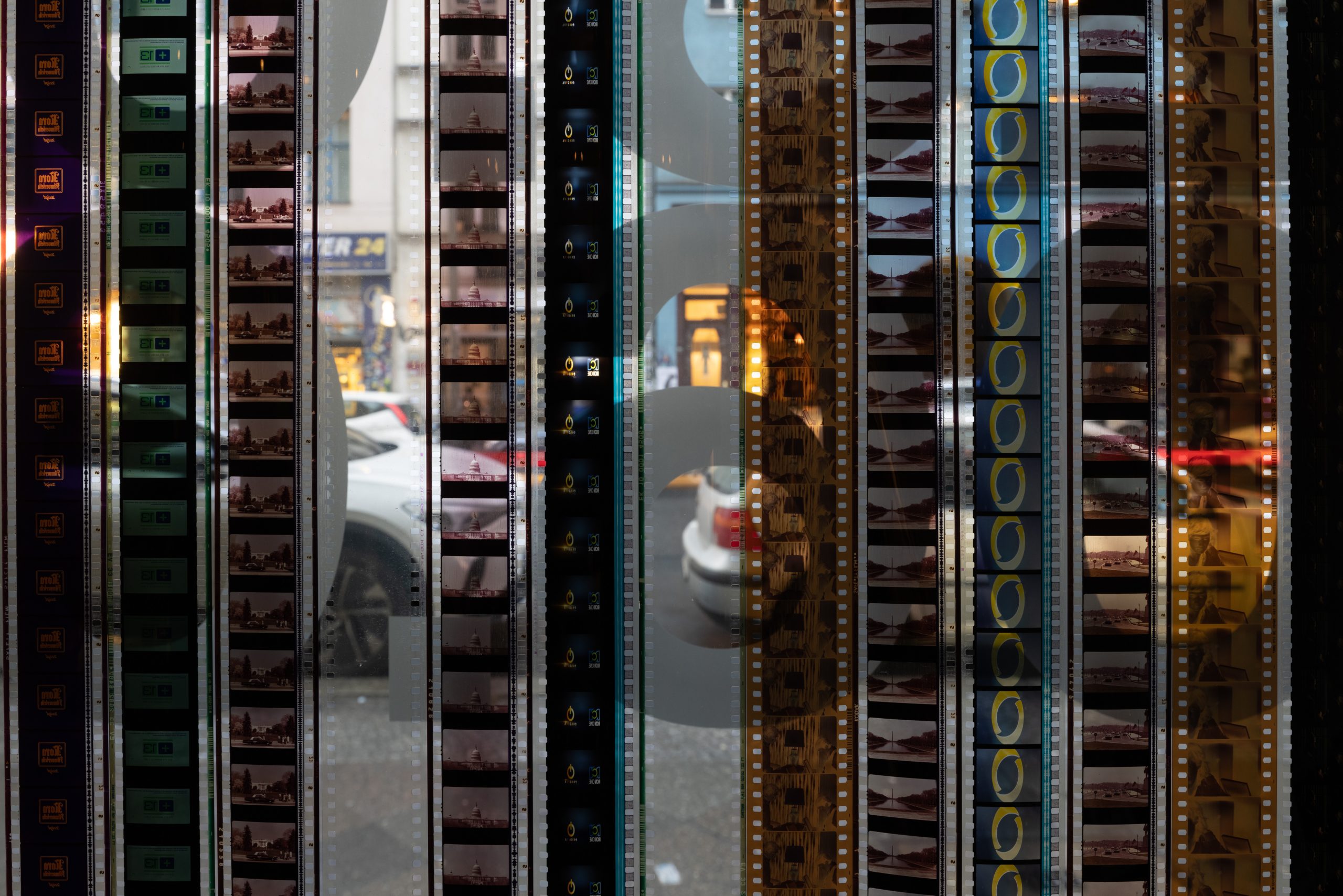
Photo: Thomas Bruns
-
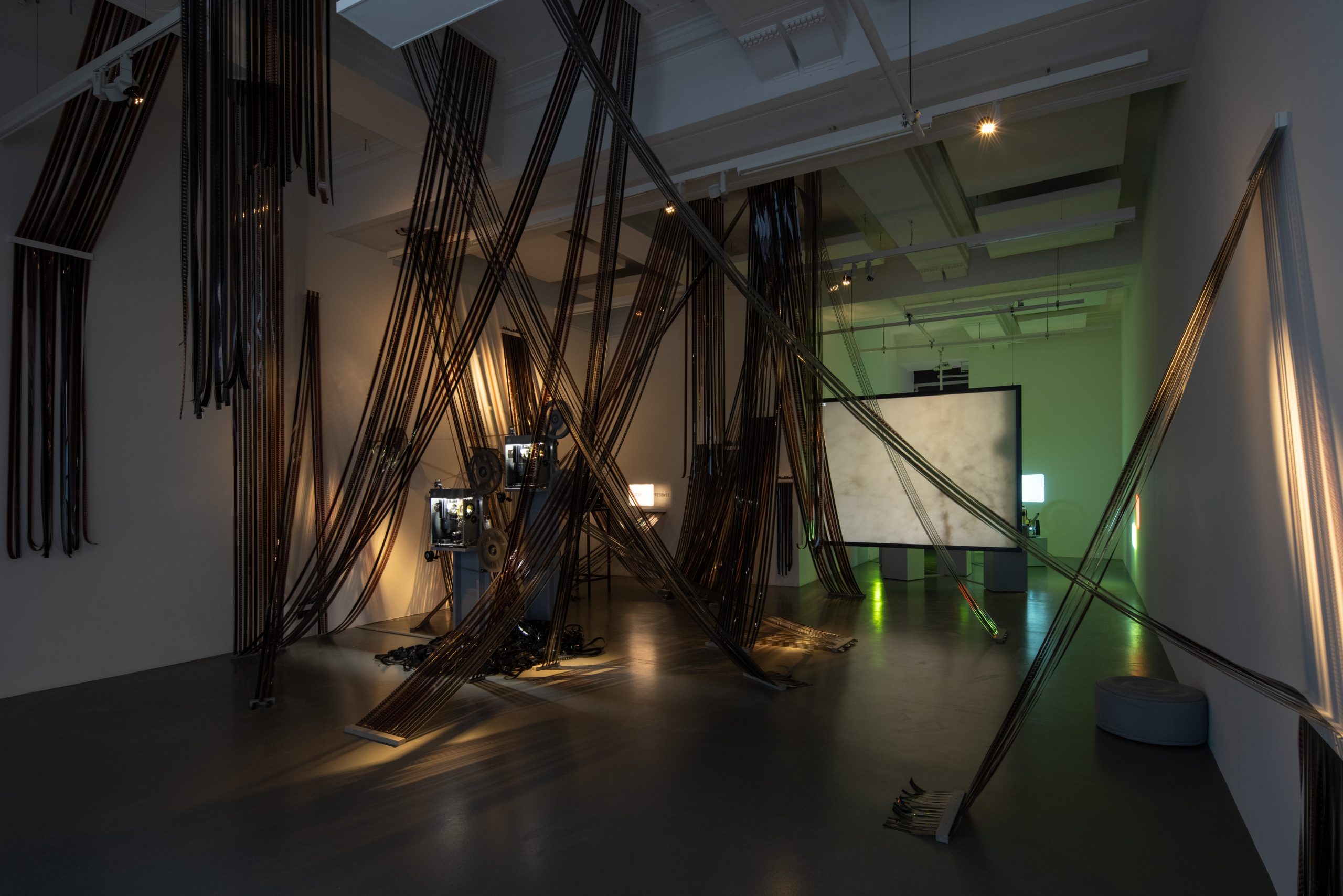
Photo: Thomas Bruns
-
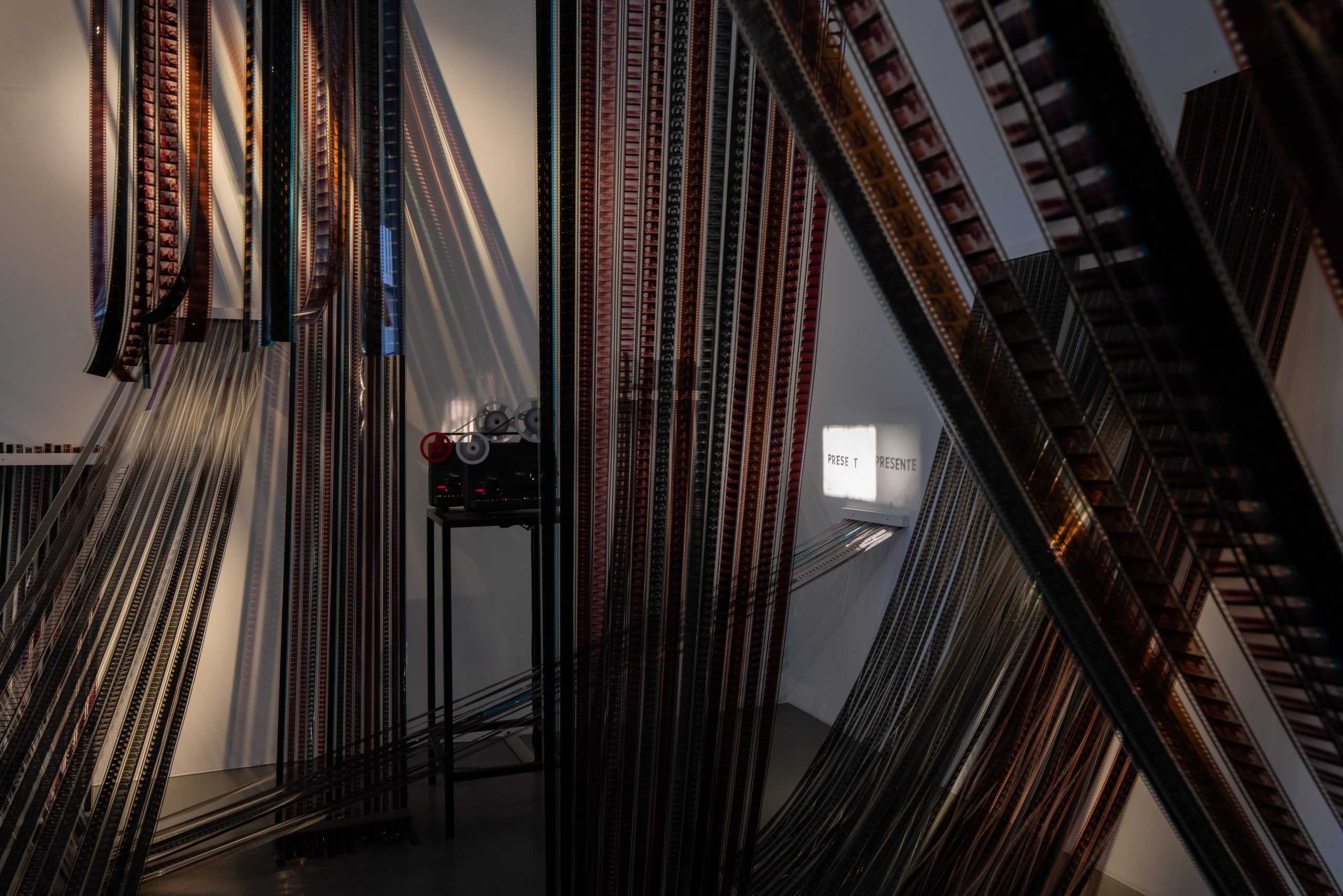
Photo: Thomas Bruns
-
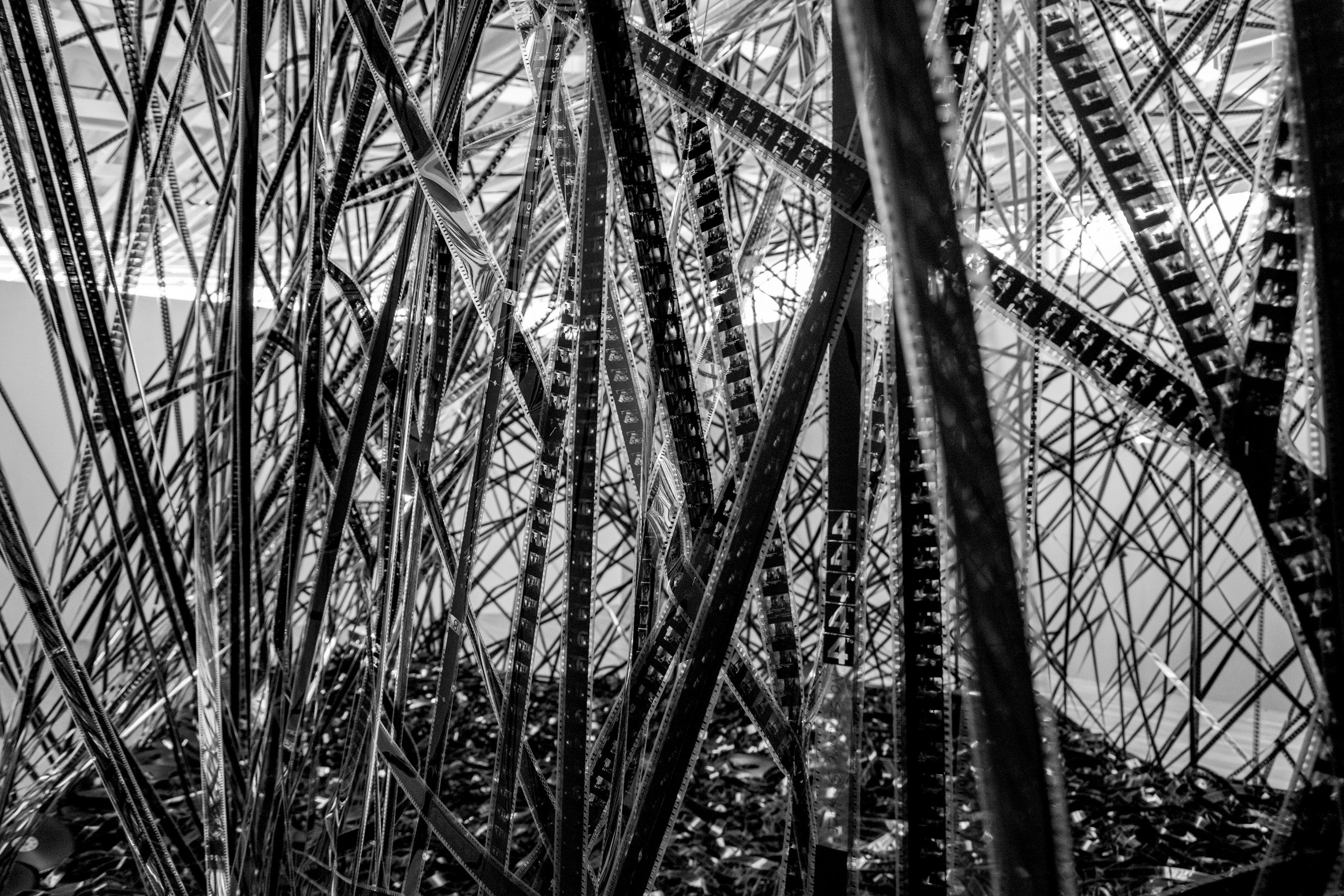
Credit: Pablo Jantus


